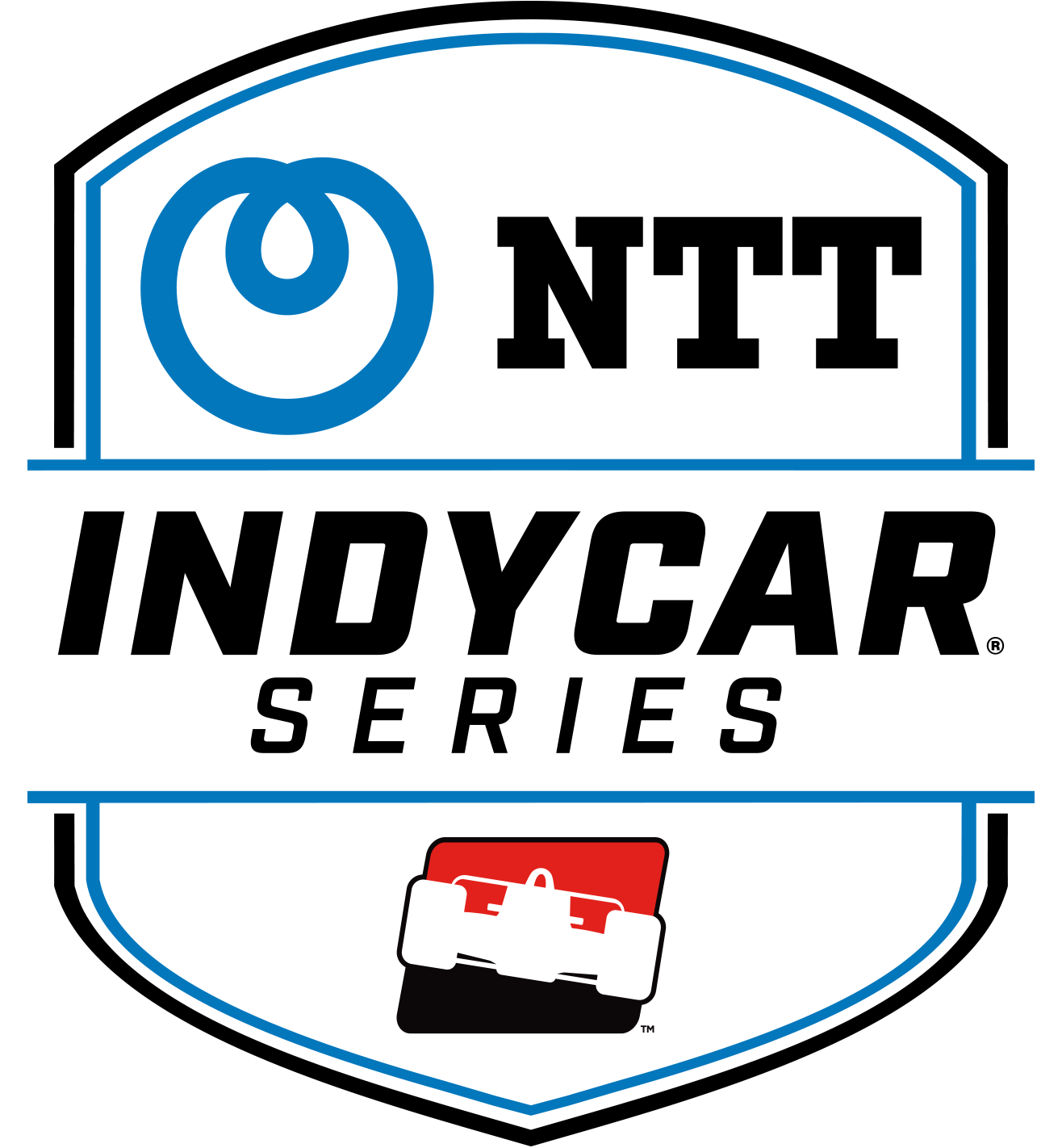Uncovering winning strategy key to success at Honda Indy Toronto
JUL 14, 2019
TORONTO -- The task of determining a workable race strategy at a Honda Indy Toronto street circuit with a habit of tossing them out the window usually hinges on a combination of experience, instinct and preparation with a bit of plain old luck thrown in for good measure.
In addition, the chosen strategy is often dictated by the starting position — further up on the grid typically means a more conservative strategy while those cars pitted further back might gamble a bit more — and the potential to benefit from chaos usually drops the closer a driver is to pole position.
Add it all together and the strategists certainly need to bring their “A” game to the 11-turn, 1.786-mile Exhibition Place circuit. The Honda Indy Toronto is at 3 p.m. ET (TV: NBC Sports Network, Radio: Advance Auto Parts INDYCAR Radio Network, SiriusXM Radio, Channel 209).
“Toronto keeps you on your toes,” said Tim Broyles, general manager of Ed Carpenter Racing who has called strategy for the team's No. 20 car since 2012.
“It keeps it interesting and it keeps it exciting and with the shorter lap here things happen quickly and the decisions have to come even quicker. It makes you wish you had a crystal ball sometimes.”
CLICK IT: Official results
Team Penske driver Simon Pagenaud will lead the field to the green flag for the 85-lap race. Chip Ganassi Racing's Scott Dixon will start second.
Before heading to Toronto, strategists review previous races and try to find trends, such as when yellows tend to occur, and how different circumstances, like weather, factor into the equation.
Once the cars hit the track, it's more about getting a feel for the flow of the race and using your experience to make the right calls on the fly.
“There are times where you are watching the guys at the tail end of the pack and they are getting a bit aggressive as you are getting close to a pit stop window," Broyles said. "When that happens in a place like Toronto, that could likely bring a full-course yellow and you might want to play it safe and get your stop done."
The key to making good decisions at a race like Toronto where things can change in hurry is having the right information to understand all the implications of what's happening when it happens, says Team Penske president Tom Cindric, who also runs strategy for the No. 2 Hitachi Team Penske Chevrolet of Josef Newgarden.
“It's a game of risk and reward — it always is," Cindric said. "What you need to do is put your self in a position to take advantage of what might come."
Although the ultimate goal for the frontrunners is the top step of the podium, the NTT IndyCar Series points battle is also always in the back of the minds for those in the hunt for the title.
With Cindric's driver leading the point standings, he needs to weigh the bigger title picture against any strategy risks he considers.
“At this point of the season, you're trying to win a race but you're also trying to win a title,” he said. “The championship is starting to narrow itself down to three or four competitors and you have to balance how important a race win is versus where you'll sit in points at the end of the day. You have to have two minds about it in our situation.”
That said, Chip Ganassi Racing strategist Mike Hull also knows how important a win can be in Toronto when the title is at stake. His driver (Dixon) scored key victories in 2013 and last year that helped power him to championships. In fact, six of the past 10 Honda Indy Toronto race winners have gone on to win the season title.
Dixon is also a bit of a positive wild card for Hull due to his uncanny ability to pull rabbits out of hats in races when things don't go according to the plan. No matter what gets thrown at the five-time champion, the No. 9 PNC Bank Honda driver seems to be able to recover and deliver a good finish.
“Scott is never happy if something happens and shoves us away from the strategy we are on,” Hull said. “He just looks at the reality of where we are, and more importantly than that, he just never gives up. He looks at getting the most out of every lap and the car from start to finish, combined with the knack that he has for understanding how do you create track position as a driver. When you add all those things together, he's a really special driver and makes all of use look good.”
Last month's REV Group Grand Prix at Road America is a case in point. Dixon was spun on the first lap, putting him in last place. He climbed steadily through the field to finish an astonishing fifth.
No matter what the strategy today, it's a given that Exhibition Place can be fickle, offering a reward in one year and then punishing a team in another.
In 2015 when Newgarden raced for Ed Carpenter Racing, Broyles called him to the pits just prior to an incident that ultimately caused a full-course yellow. His driver got across the pitlane entry line an instant before the caution, a move that delivered a win while three years later, he felt the pain of a Honda Indy chomp.
“It's like winning the lottery when you can get in and beat that yellow,” Broyles said. “But last year, we got bitten on a yellow with Jordan King. We were planning to pit the next lap and it went yellow, so we got caught out. We had a fast car and felt like we were competitive but we were on the losing end of it.”






















